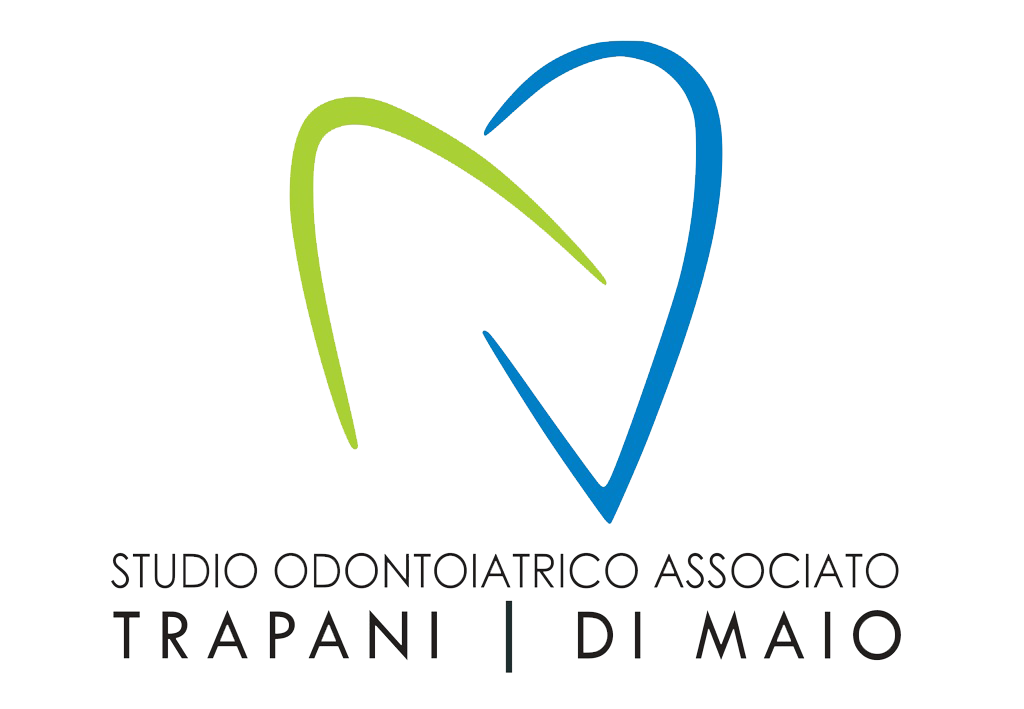Dott. Giuseppe Di Maio
Mouthwash (correct term: mouthwash, not mouthwash) is a very common aid in daily oral hygiene, but its use requires attention and awareness. In this article we find out what mouthwash is for, how to choose the right one, how to use it correctly and what side effects it can have.
What is mouthwash and what is it for?
Mouthwash is a liquid for oral rinses, used to complete dental hygiene. It does not replace toothbrush and toothpaste, but can represent a useful support in the following cases:
- Reduce the bacterial load in the oral cavity
- Freshen breath (cosmetic action)
- Help in case of gingivitis or post-operatively (therapeutic action)
Types of mouthwashes
Mouthwashes are mainly divided into two categories:
1. Therapeutic mouthwashes
Prescribed by the dentist, they contain antibacterial or anti-inflammatory active ingredients (such as chlorhexidine) and are indicated:
After oral surgeries
In the presence of periodontitis or gingivitis
For disinfection of the oral cavity in case of infections
They are only available in pharmacies, and their use must be limited in time, under medical supervision.
2. Cosmetic mouthwashes
Available at the supermarket or parapharmacy, they are used to:
- Temporarily reduce bacteria
- Improve breath
- Remove food residues
They usually contain refreshing aromas and low-concentration antibacterial agents.
How to choose the most suitable mouthwash
The choice of mouthwash must take into account the specific needs of the patient. It is always advisable to contact your dentist or dental hygienist, especially if you have:
- Sensitive teeth
- Frequent cases of tooth decay
- Post-operative treatments
- Gum irritations
For daily use it is advisable to prefer alcohol-free mouthwashes, which are more delicate on the oral mucosa and have no irritating effects.
The main ingredients of mouthwashes are:
- Waterfall
- Antiseptic substances (natural or synthetic)
- Refreshing aromas (menthol, eucalyptus, etc.)
How to use mouthwash correctly
Mouthwash should be used as an oral rinse and never ingested. The correct method of use includes:
- Rinse your mouth with mouthwash, keeping your lips and teeth closed.
- Move the liquid inside the oral cavity for at least 30 seconds.
- Expel the product without rinsing with water (unless otherwise indicated).
It is important to remember that mouthwash does not replace toothbrushing, but can be used before or after brushing, depending on the product.
Possible side effects
The use of mouthwashes is generally safe, especially if you opt for natural and alcohol-free products.
However, prolonged use of chlorhexidine-based mouthwashes, in the absence of medical supervision, can cause:
- Temporary tooth pigmentation
- Taste alterations
- Irritation of the oral mucosa
These side effects are reversible and disappear after stopping treatment.
Can children use mouthwash?
In general, use is not recommended in young children, especially preschool age. However, there are pediatric formulations without alcohol and fluoride, designed for children over 6 years old, but they should only be used on the recommendation of the dentist.

